
Once considered a popular choice for suburban living, McMansions are seeing a noticeable decline in demand. Their oversized layouts and flashy designs no longer align with what today’s homebuyers want. The shift reflects broader changes in how people evaluate space and cost in their current lifestyle. Read on to understand what’s reshaping the housing market.
Custom Features From The 2000s Now Feel Outdated

Remember when faux columns, double staircases, and an abundance of granite signified luxury? These once-popular 2000s features now frequently diminish property values. Listings highlighting “Tuscan kitchens,” for instance, typically see reduced engagement. Interestingly, these dated aesthetic choices, once reversed, often come with renovation costs in the tens of thousands of dollars.
Younger Buyers Are No Longer Dreaming Of Massive Homes
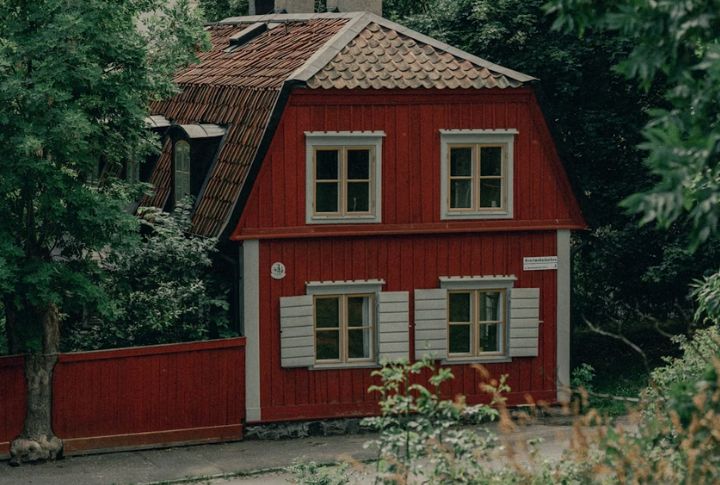
The dream of owning a sprawling house is fading among younger generations. Millennials and Gen Z are choosing homes that feel practical, not excessive. Cost and upkeep play a major role, but shifting values matter too. Some even opt for tiny homes or vans, as they prioritize mobility over big homes.
Oversized Homes Burn Through Too Much Energy
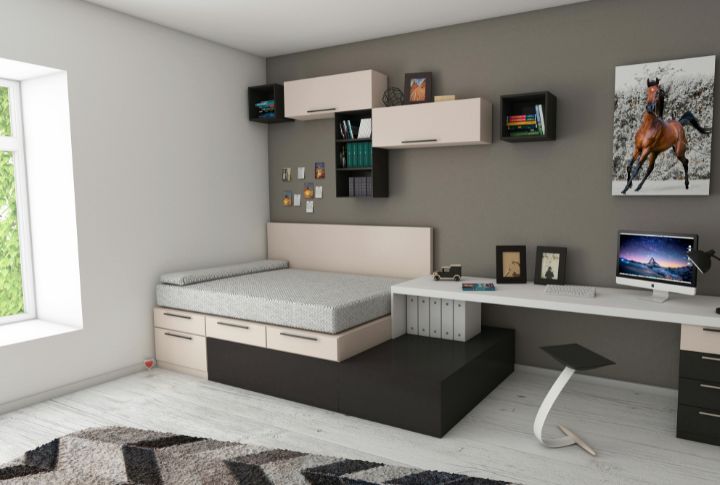
Energy use is becoming a dealbreaker. Larger homes demand more power for lighting, temperature control, and appliances. With rising utility costs, buyers are reconsidering what’s worth the expense. Many McMansions lack modern insulation, making them inefficient. Smaller, energy-smart homes often qualify for better financing and long-term savings.
Work-From-Home Trends Redefined What Feels “Convenient”

Remote work has changed how buyers define convenience. Instead of prioritizing square footage, many now seek homes closer to cities or coworking hubs. Walkable neighborhoods and compact layouts offer more flexibility. The shift reflects a broader move away from suburban sprawl toward location-based practicality.
Maintenance Costs Keep Climbing On Large Properties
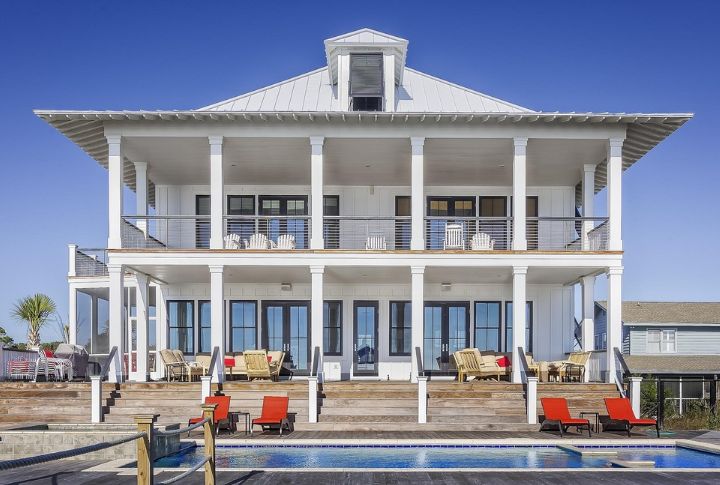
The financial burden of maintaining a large home is becoming harder to ignore. Landscaping, HVAC upkeep, and repairs can exceed $10,000 annually. Additionally, pools alone cost over $1,200 per season to maintain. As insurance costs rise with complexity, buyers are reconsidering whether extra space is worth the ongoing expense.
Neighborhood Vibes No Longer Match Buyer Expectations

Back when McMansions boomed, isolation felt exclusive. Now, the lack of nearby cafes, transit options, or community hangouts is a major turnoff. Buyers crave social energy and connection. Subdivisions full of empty sidewalks and driveways feel lifeless, pushing interest toward mixed-use, vibrant neighborhoods instead.
HOA Rules And Restrictions Are Driving Buyers Away

Many larger homes, especially McMansions, feature rigid homeowners’ association regulations. These structures frequently restrict personal expression by dictating everything from acceptable paint colors to rental limitations. HOAs sometimes fine residents for minor infractions, like improper lawn heights. This makes homes without such ties increasingly popular.
Oversized Garages No Longer Impress Buyers
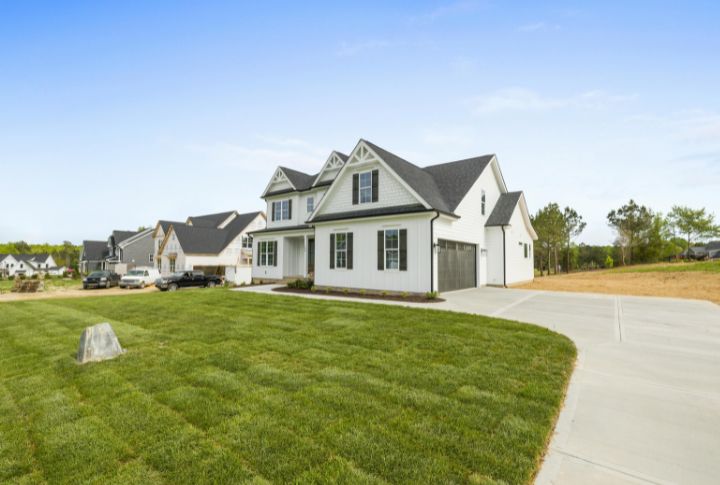
Homebuyers want utility over excess, and oversized garages rarely deliver. Most don’t park three vehicles or need storage that large. Empty space feels inefficient, not luxurious. And turning garages into useful rooms isn’t cheap—between local codes, permits, and insulation, the bill outweighs any practical benefit.
Homebuyers Prioritize Function Over Square Footage
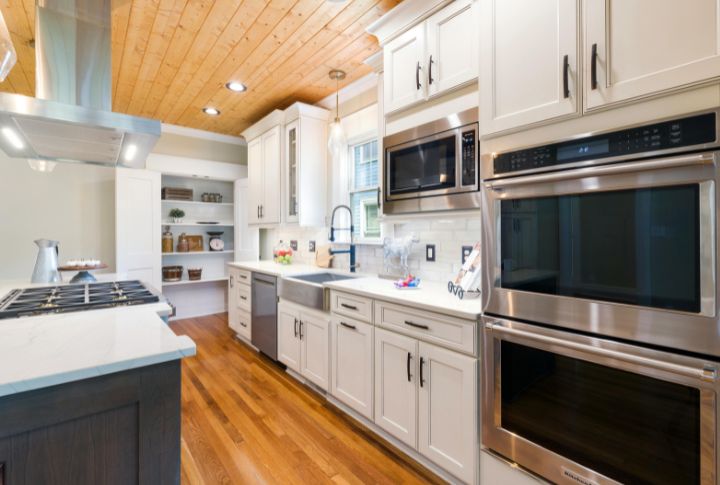
Big houses no longer guarantee big appeal. Today’s buyers want layouts that serve their lives, not oversized foyers or unused dining rooms. Walk-in closets now outrank formal living spaces, and kitchen size beats bedroom count. McMansions, once status symbols, are now empty shells lacking the function modern homeowners actually want.
Closed-Off Rooms Are Making A Quiet Comeback
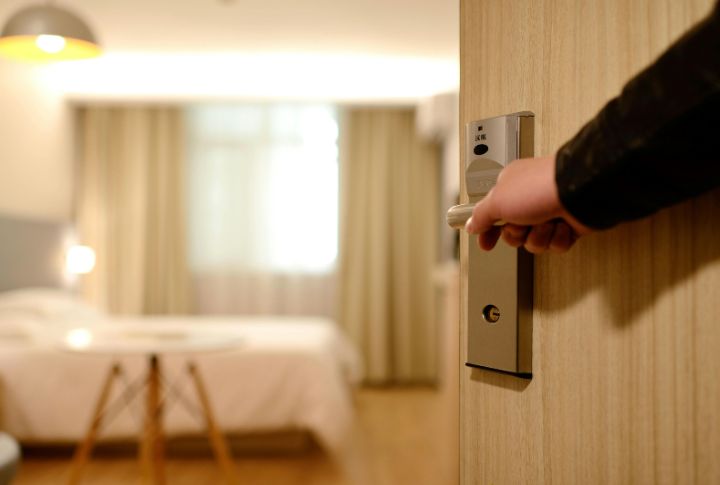
Open layouts once symbolized modern living, but preferences are changing. Noise control and heating efficiency are driving interest in separate rooms. Remote work has made privacy more valuable, especially for hobbies and calls. Kitchens featuring doors are also gaining favor for their function and flexibility.
